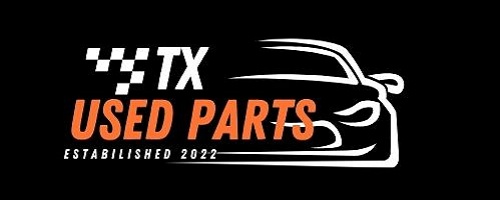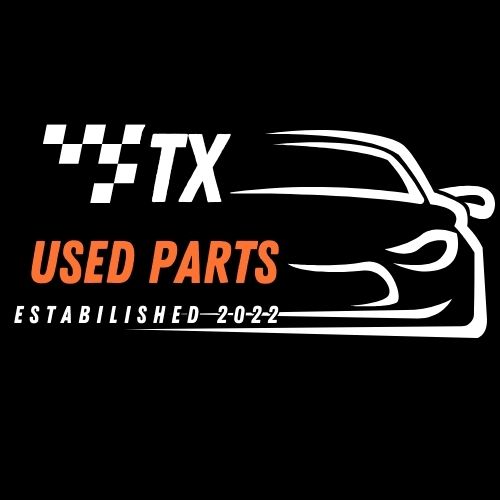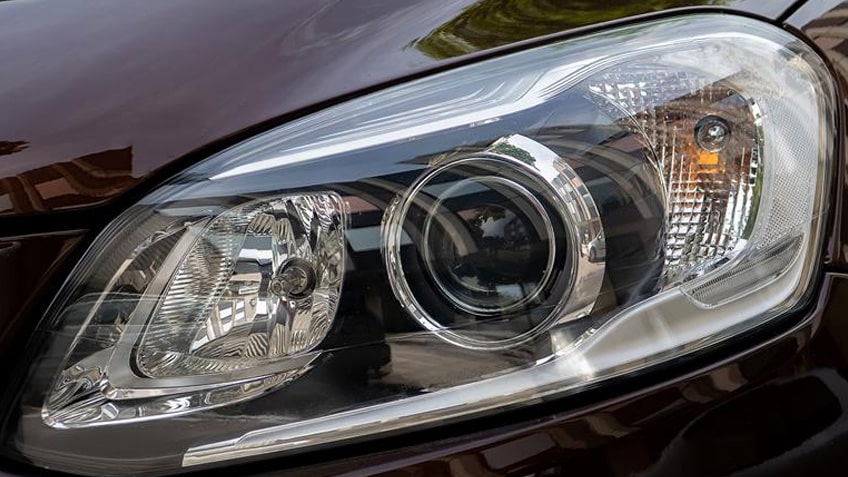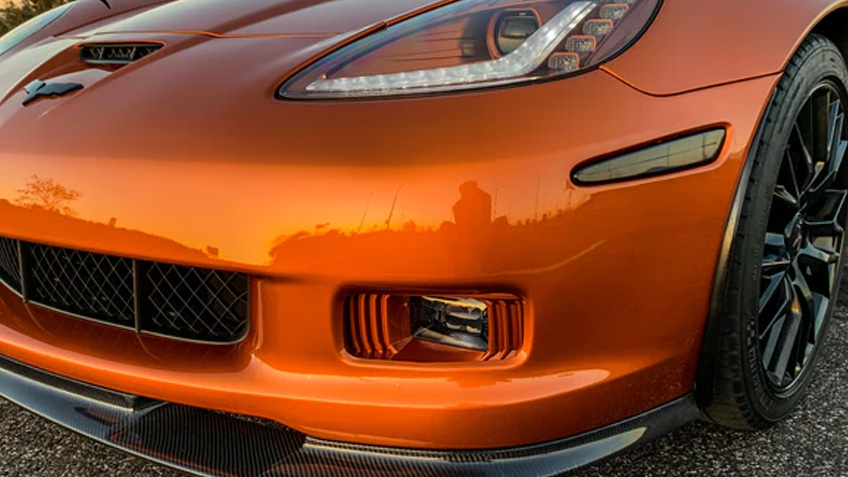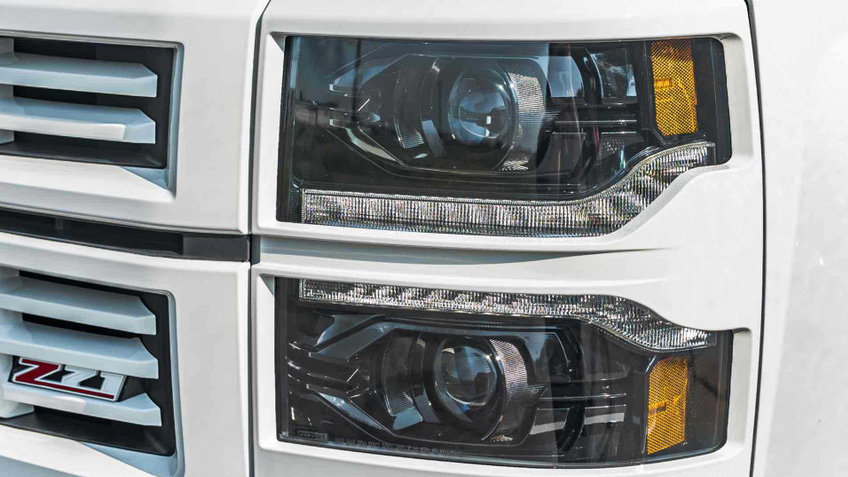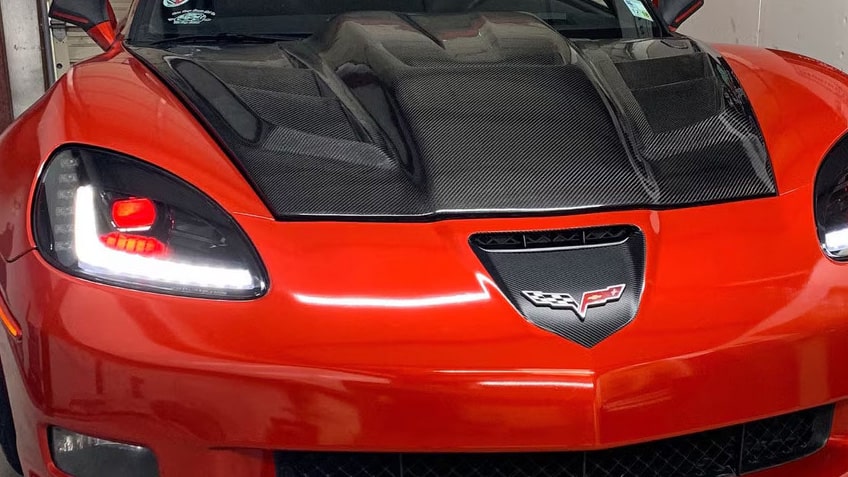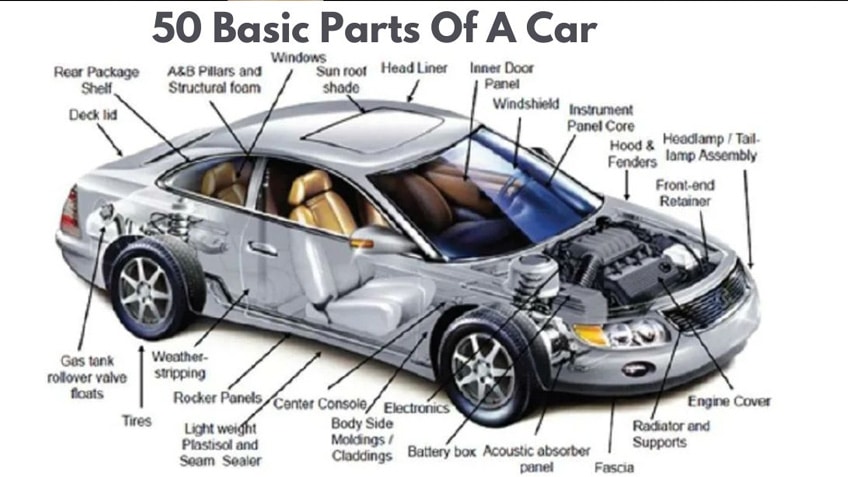New vs. Used Headlights: Pros, Cons, and Cost Breakdown
1. Introduction
When it comes to headlight replacement, car owners face a common dilemma—should they buy new headlights or opt for used car headlights? The right choice depends on cost, performance, longevity, and safety considerations.
In this guide, we’ll break down the pros and cons of both new and used headlights, compare their costs, analyze their performance over time, and help you make an informed buying decision.
shop Second hand airbags at the TX Used Parts
2. Overview of Headlight Technologies (LED, Halogen, HID) & Their Costs
Before deciding on new or used headlights, it’s important to understand the different headlight technologies available:
- Halogen Headlights – The most common type, affordable but less energy-efficient.
- LED Headlights – Longer lifespan, brighter illumination, but higher initial cost.
- HID (Xenon) Headlights – Offer strong visibility, but can be expensive to replace.
Each type has a different price point, with halogen headlights typically being the cheapest, followed by HID, and LED headlights being the most expensive.
3. New Headlights: Pros, Cons & Cost
✅ Pros of Buying New Headlights
- Longer Lifespan – New headlights typically last longer than used ones.
- Better Light Output – Ensures optimal brightness and road visibility.
- Manufacturer Warranty – Protection against defects and malfunctions.
- Improved Aesthetics – Clear lens with no scratches or discoloration.
- Legal Compliance – Meets DOT regulations without risk of rejection.
❌ Cons of New Headlights
- Higher Cost – OEM headlights and aftermarket headlights are more expensive.
- Limited Availability for Older Models – Some discontinued headlight models are difficult to find.
💰 Cost of New Headlights
- OEM headlights: $250 – $1,500 per unit
- Aftermarket headlights: $100 – $800 per unit
- LED or HID upgrades: $200 – $2,000 per pair
4. Used Headlights: Pros, Cons & Cost
✅ Pros of Buying Used Headlights
- Lower Cost – Can save 50-70% compared to new headlights.
- Eco-Friendly – Reduces waste by repurposing automotive parts.
- Easier to Find for Older Vehicles – Ideal for older car models with discontinued headlights.
❌ Cons of Used Headlights
- Unknown History – Possible issues like wiring damage or internal moisture.
- Reduced Light Output – May have foggy lenses or weaker beam intensity.
- No Warranty – Higher risk of buying a defective unit.
💰 Cost of Used Headlights
- Standard Halogen: $40 – $150 per unit
- OEM Used HID/LED: $80 – $500 per unit
- Restored Headlights: $100 – $350 per unit
5. Performance Comparison: New vs. Used Over Time
🔥 New Headlights Performance
- 100% brightness at installation
- Lasts 5-10 years depending on type
- No risk of prior wear and tear
🌫 Used Headlights Performance
- Brightness reduced by 10-30%
- May last 1-5 years depending on condition
- **Risk of internal moisture, scratches, and yellowing
6. Quality Check: How to Inspect Used Headlights Before Buying
If you’re buying used headlights, check these factors:
- Lens Condition – Avoid scratches, cracks, and yellowing.
- Wiring & Connectors – Ensure no burnt or damaged wires.
- Seals & Moisture – Look for signs of water intrusion inside the lens.
- Mounting Brackets – Verify no broken clips or cracks.
7. DIY Restoration vs. Buying New/Used
If used headlights are in decent condition, a DIY restoration kit can improve performance:
- Headlight Polishing – Removes foggy appearance.
- UV Protection Coating – Prevents future yellowing.
- New Bulbs & Seals – Extends lifespan of used headlights.
DIY restoration kits cost around $20-$50, making them a cost-effective alternative.
